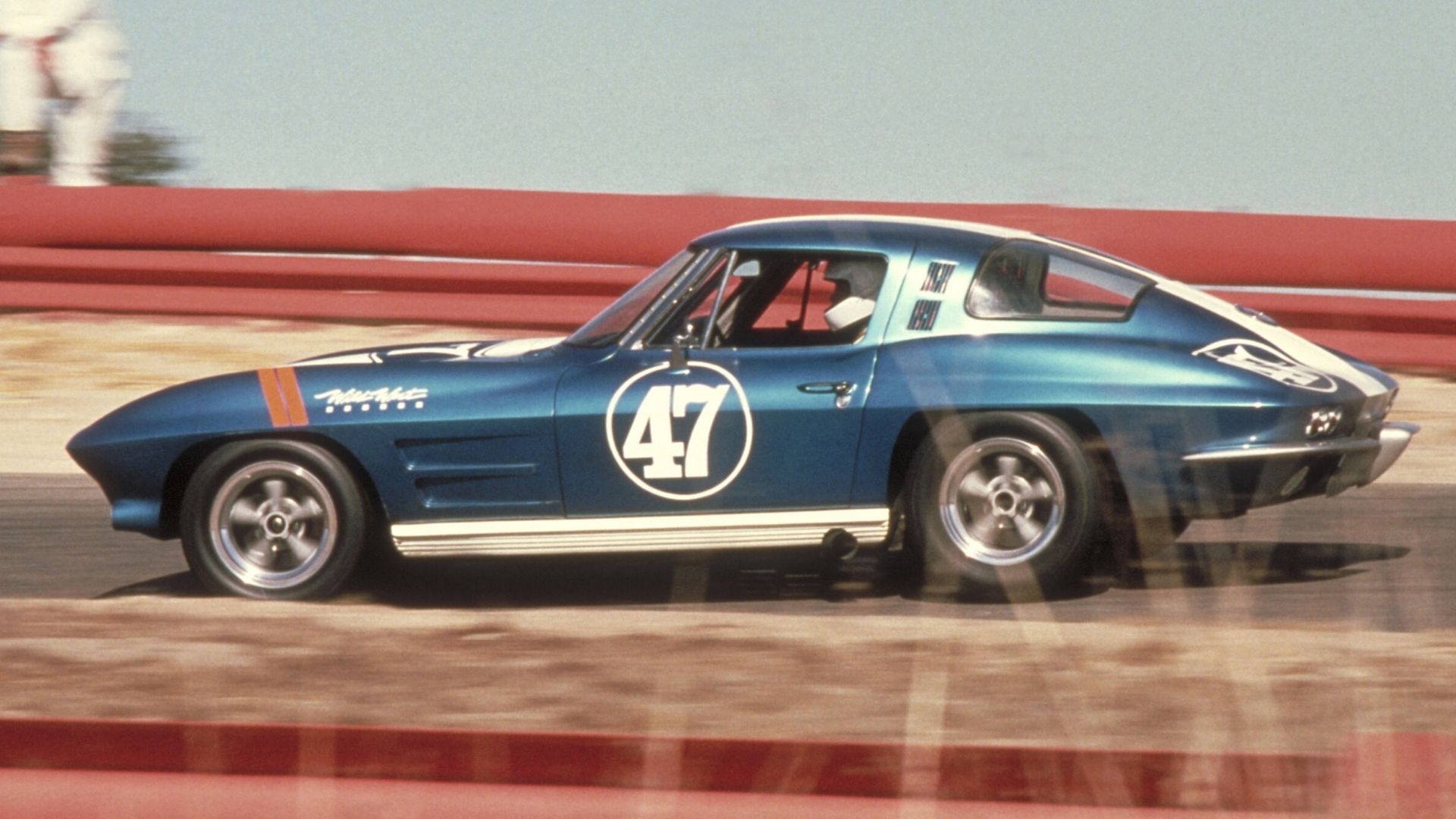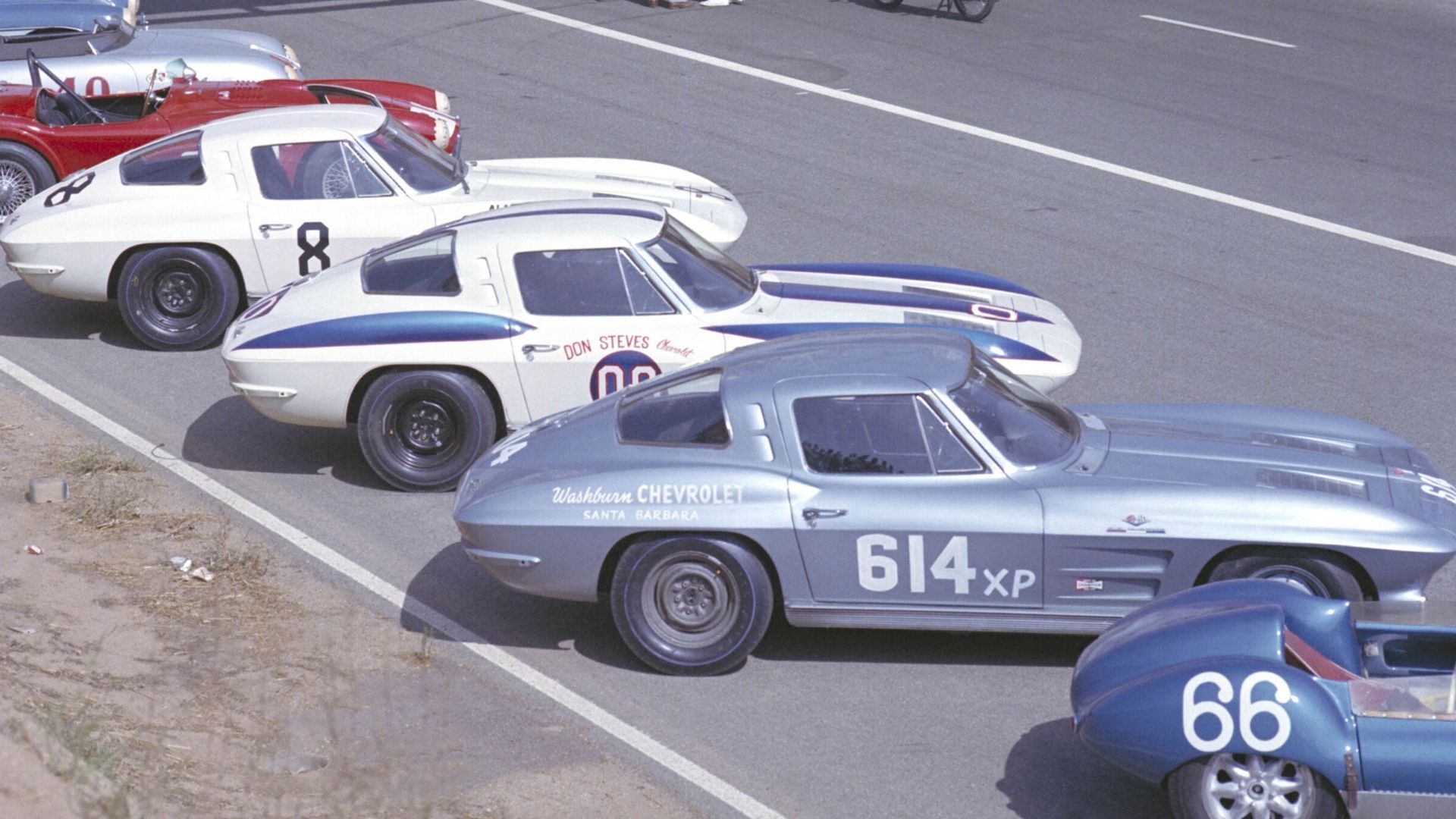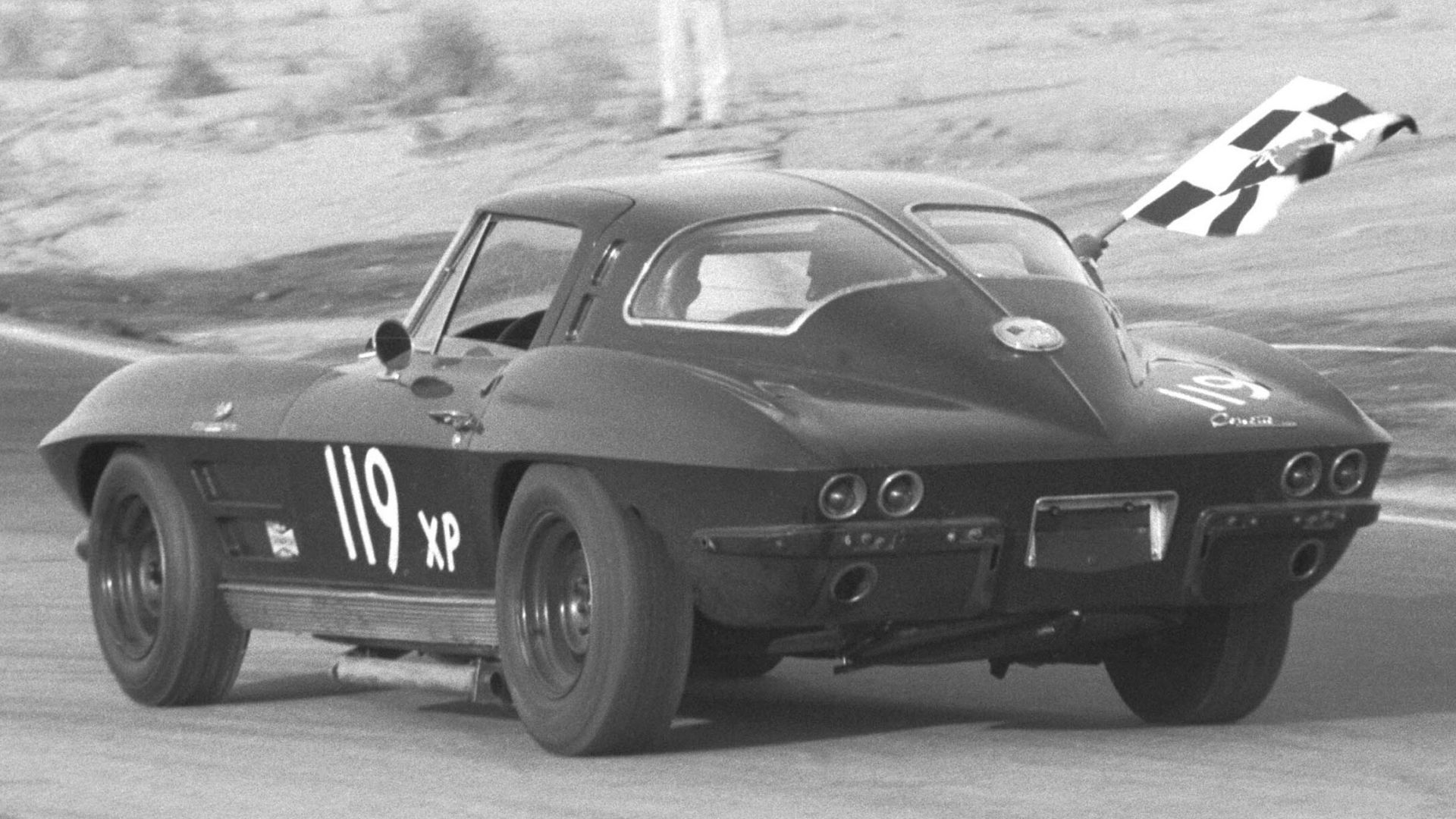The original Sting Ray is a huge favorite these days.
There’s no denying the importance of the C1 Corvette. After all, it got the ball rolling, but it wasn’t until the C2 launched that America’s sports car grew some serious teeth. Yes, that iconic Sting Ray styling sure does make the car look muscular, but Chevrolet also beefed up the powertrain so the ‘Vette could really take on European performance cars and win.

That combination of style and winning performance makes the C2 Corvette a car many dream of owning. It also means people obsess over it, learning all they can about the car. But how much do you really know? See how many of the following 10 items you knew before reading this.

1. 1963 Pilot Line Cars
The C2 “Pilot Line” or prototype cars totaled up to 23 vehicles, almost all convertibles. They were manufactured on the line at the same time as 1962 Corvettes were being assembled, sharing some components with them. These pre-production models also came with a 1962 Chevy Nova handbrake. As for the body panels, they were built using mahogany wood buck and handmade fiberglass.

2. Stingray or Sting Ray
When the C2 first launched, everyone knew the styling was influenced heavily by marine life. That was evident in the name of the new body style, which was written on the cars as “Sting Ray.” That’s right, all the way from the 1963 to 1967 model years the name was two separate words. Today, we’re all used to writing it out as “Stingray,” but that came about with the second year of the C3 in 1969.

3. Vinyl Up Top
These days it seems like there’s a split among enthusiasts about whether vinyl on car roofs is stylish or not. Up through the 1966 model year, Corvette owners who wanted a convertible with the removable top for cold weather driving couldn’t get black vinyl. Instead, they had to go with a bodycolor roof. For the final year of the C2, the 1967, GM gave convertible shoppers this option, expanding styling choices.

4. Split Window Controversy
Easily one of the most desirable Corvettes of all time, at least when it comes to collectors, is the 1963 coupe. That split window in the rear was discontinued after just one production year, thanks to Corvette owners complaining they couldn’t see properly to reverse or even while driving down the road. Instead of ignoring the feedback, GM made the rear window for the 1964 and beyond a solid pane of glass. This means the ’63 coupes are rare and quite valuable today.

5. More Torsional Rigidity
Enthusiasts who are even just a little technical understand the importance of torsional rigidity when it comes to handling. While everyone knows about the switch from the split window to a regular rear window from the ’63 to ’64 models, they might not be aware that GM added more steel framework to both the convertible and coupe. They each feature steel pretty much surrounding the passenger compartment, plus in the coupe the steel extends overhead in the roof so sticking turns became that much more effortless. Optional wide-rim aluminum wheels also helped increase handling performance.

6. Off-Road Exhaust
If you’ve looked through the options list for the C2 Corvettes, you might have noticed a line for an “off-road service exhaust system.” Before anyone gets any weird ideas, GM wasn’t suggesting taking a ‘Vette on the Rubicon Trail or anything like that, obviously. Opting for this meant getting a muffler with three internal baffles instead of five. With less restriction in the exhaust flow the car sounded more aggressive, something people who heard the optional exhaust liked enough to pay extra for it. Of course, they could’ve just ordered the exposed side-mounted exhaust, but surprisingly not everyone was into that.

7. An American First
There’s no doubt the 1963 Corvette Sting Ray was revolutionary in many ways, but you might not realize weight distribution is one of the big changes to America's sports car. Over half the weight sits on the rear axle, which was the first time an American front-engine car had such weight distribution, making it an oddity. The result of this design is better handling in turns, making the C2 a legitimate threat on the track.

8. Functional Stinger
Pretty much everyone loves the look of the stinger hood on certain C2 Corvette models, but the sad fact is the scoop wasn’t functional, with one small exception. The 1967 model introduced the L88 427 engine which got an induction of fresh air through the hood scoop. Sadly, a mere 20 were made.

9. Thermal Efficiency
Anyone who knows the C2 Corvettes is aware the 1966 model year introduced two pavement-pounding 427 V8s. There are a lot of design tweaks which push output on these engines to impressive heights. Among them is the modified wedge-type cylinders designed for greater thermal efficiency. Thanks to a reduction in the ratio of chamber surface to chamber volume, more of the thermal energy was used to push the piston down instead of uselessly heating up the cylinder walls.

10. Rally Wheels
You might associate the iconic Rally Wheels with the C3 Corvette since that’s when they really became popular, but the fact is they launched with the C2. It was the 1967 model which first used Rally Wheels as part of the standard equipment, although an aluminum wheel was an option some chose instead.






